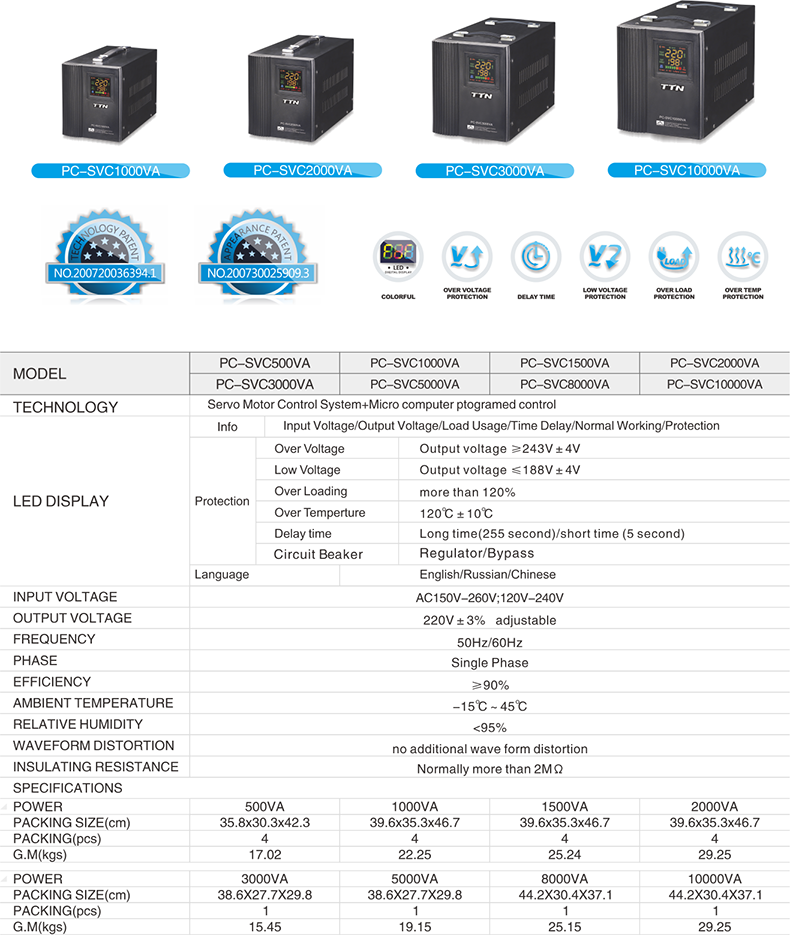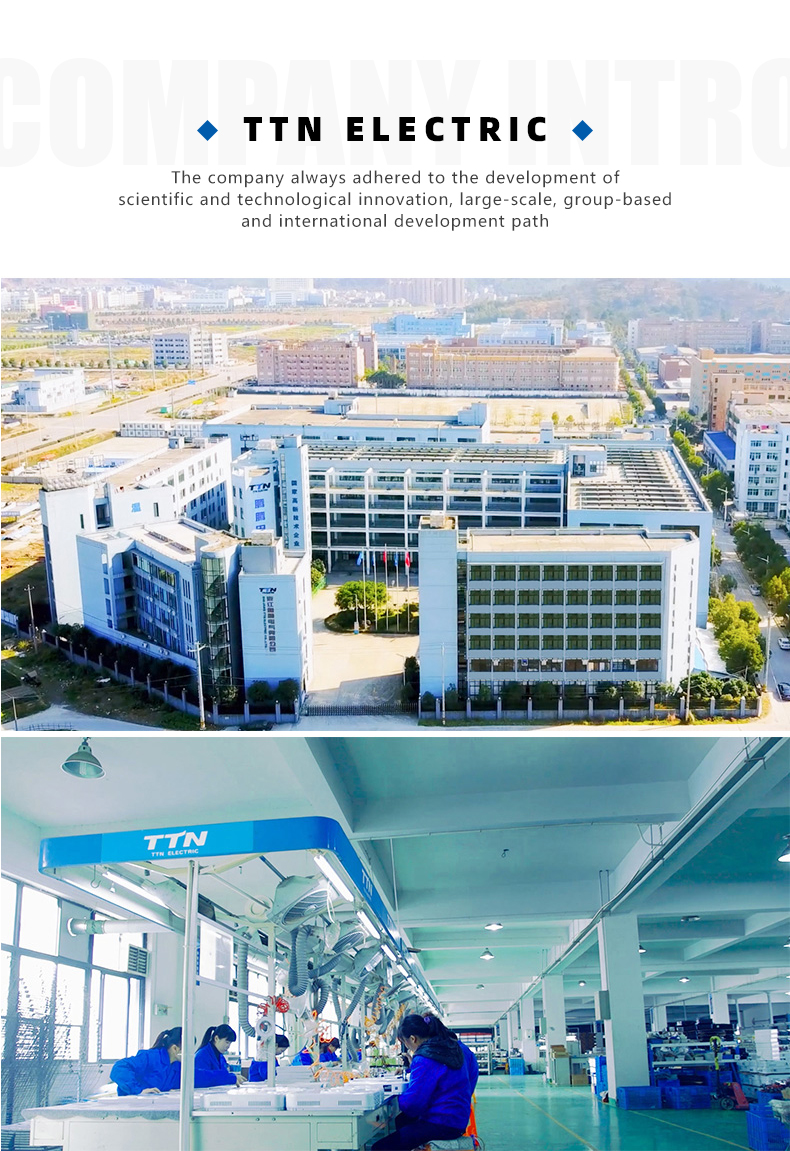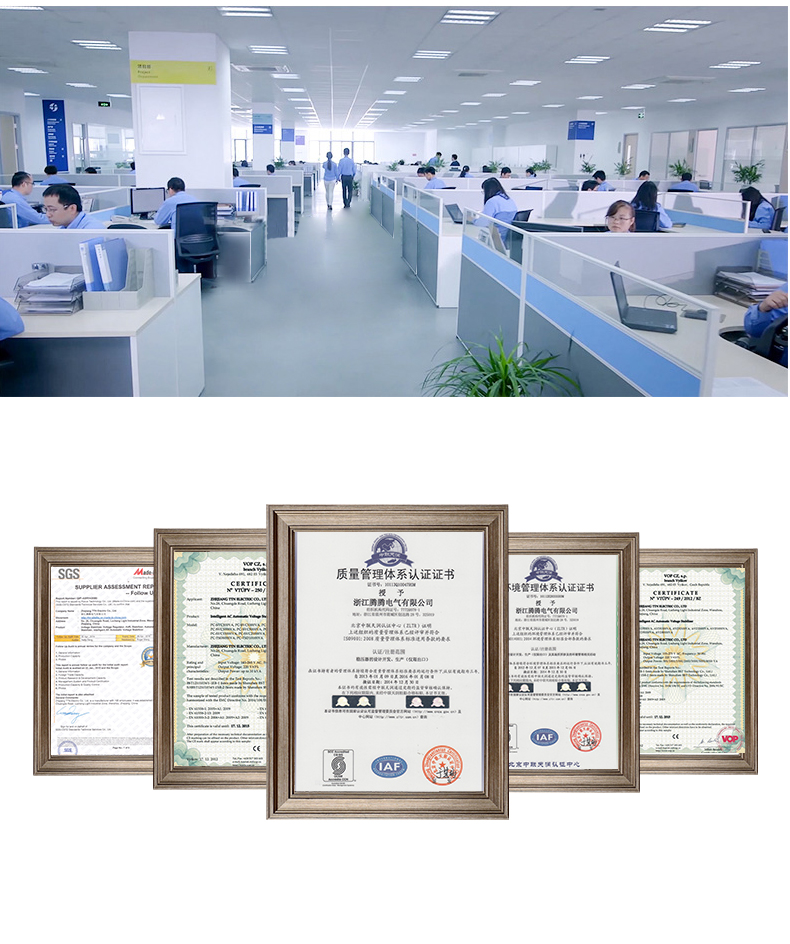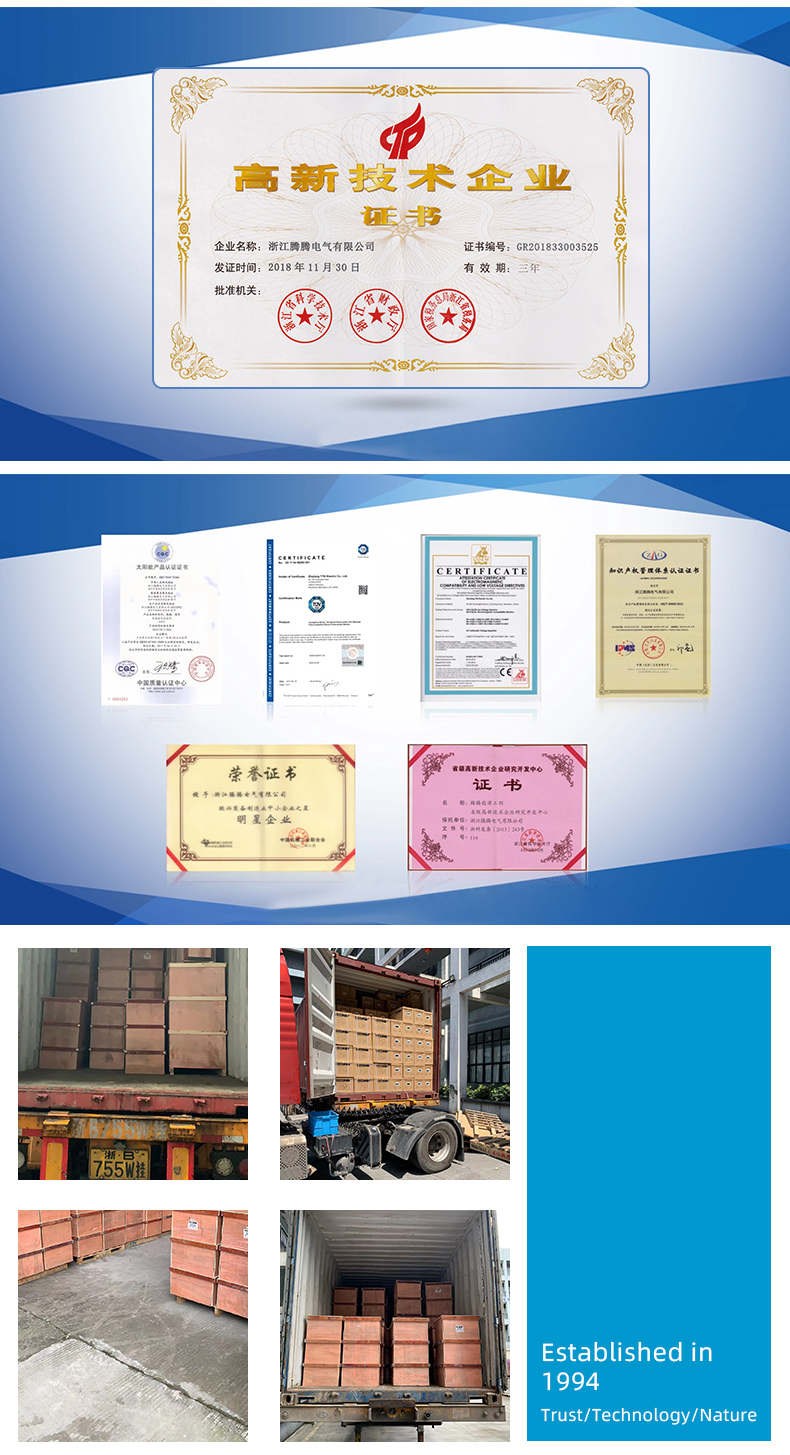The GNU Compiler Collection (GCC) provides a wide range of command line options tailored for ARM processors. These options were initially designed when the number of supported ARM processors was much more limited. As the ARM architecture has evolved, so have the optimal settings for GCC to generate efficient code. However, maintaining backward compatibility remains a priority, which makes the set of available options quite complex, especially for the latest ARM Cortex-A processors.
This blog post explores three key areas of GCC command line options: CPU selection, floating-point support, and SIMD (Single Instruction, Multiple Data) acceleration. Understanding these options is crucial for developers who want to optimize their applications for ARM-based systems.
When compiling for an ARM processor, the first and most important option is `-mcpu=`, which tells the compiler which specific CPU you are targeting. For example, if you're using a Cortex-A9, you would use `-mcpu=cortex-a9`. GCC supports various ARM Cortex-A models, including Cortex-A5, A7, A8, A9, and A15. If your version of GCC doesn't recognize these, it may be outdated, and upgrading is recommended. Failing to specify the correct CPU can result in inefficient or even non-functional code.
In addition to CPU selection, you need to consider floating-point and SIMD support. Most modern ARM Cortex-A processors include a floating-point unit (FPU) and NEON (SIMD) extensions. However, the exact instruction set varies by model, and GCC requires additional options to enable them. The `-mfpu` option controls which FPU and SIMD instructions are used, while `-mfloat-abi` determines how floating-point operations are handled.
There are three main options for `-mfloat-abi`: `soft`, `softfp`, and `hard`. `soft` disables all FPU and NEON instructions, relying on software libraries for floating-point operations. `softfp` uses hardware instructions where possible but follows the same calling conventions as `soft`. `hard` enables full use of FPU and NEON instructions and changes the ABI to pass floating-point values in registers, improving performance.
For vectorized floating-point arithmetic, GCC offers automatic vectorization, but this is only enabled at optimization level `-O3` by default. Even with this, floating-point code may not vectorize due to strict IEEE compliance. Using `-ffast-math` or `-Ofast` can relax these constraints and allow vectorization, but it's important to understand the trade-offs between speed and precision.
NEON supports only single-precision floating-point operations, so if your code uses double-precision, vectorization may not occur. Also, literal constants like `1.0` are treated as double-precision by default. To ensure single-precision, use `1.0F`.
Finally, if you're unsure why vectorization isn't working, GCC provides detailed diagnostics via options like `-fdump-tree-vect` and `-ftree-vectorizer-verbose`. These can help identify why certain parts of your code aren’t being optimized.
To summarize, once you've determined your target environment, many of these options will remain consistent. Here are a few examples:
For a Cortex-A15 with NEON and floating-point support:
```
arm-gcc -O3 -mcpu=cortex-a15 -mfpu=neon-vfpv4 -mfloat-abi=hard \
-ffast-math -o myprog.exe myprog.c
```
For a Cortex-A7 without NEON:
```
arm-gcc -O3 -mcpu=cortex-a7 -mfpu=vfpv4-d16 -mfloat-abi=softfp \
-o myprog2.exe myprog2.c
```
For a Cortex-A9 where FPU/NEON is unavailable:
```
arm-gcc -O3 -mcpu=cortex-a9 -mfloat-abi=soft -c -o myfile.o myfile.c
```
Choosing the right combination of options ensures that your code runs efficiently on ARM platforms, taking full advantage of the underlying hardware.
Servo Motor Voltage Regulator
1. PC-SVC series Servo motor control Voltage Regulator has the low energy consumption,the over voltage protection,the low voltage protection,the over-current protection,the over-loading protection,the over-temperature protection and so on.It boasts for many kinds of protections,the collection energy conservation and the environmental protection ect.This is a brand-new concept product which possess many new technologies!This series products simultaneously ha applied for many technical monopolies
We already applied many kinds of this products patent, and the technical patent NO: 200720036394.1 and Appearance paten NO: 200730025909.3
2. Use for equipment:
Computer
Test equipment
Light system
Safe alarm system
Ray equipment
Medical equipment
Copy machine
Stereo equipment
Numerical control machine tools
Industrial automation equipment
Color and drying equipment
Test equipment
Hi-Fi equipment
3. PERFORMANCE




Servo Motor Voltage Regulator,Avr Servo Motor Type,Servo Motor Type Avr,Rc Servo Voltage Regulator
zhejiang ttn electric co.,ltd , https://www.ttnpower.com




